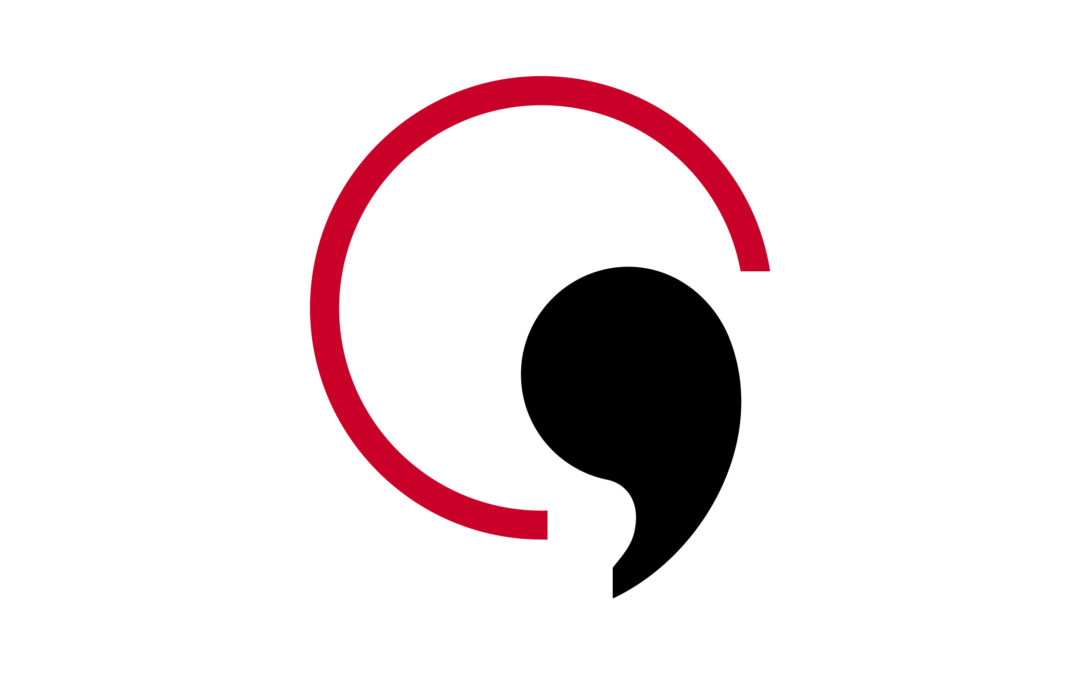
by Erica L. Meltzer | Aug 18, 2015 | ACT English/SAT Writing, Blog
Note: Because this post has become so popular, I’ve made it available in PDF format. Click here to download.
I’ve recently received a handful of questions asking for clarification about rule governing the use of commas with names and titles. Of all the comma rules tested on the SAT® and ACT®, this is probably the subtlest.
The good news is that questions testing this rule don’t show up very often; the bad news is that if you don’t know the rule, these questions can be very tricky to answer.
The other piece of good news, however, is that when names/titles appear in the middle of a sentence (that is, not as the first or last words), these questions can almost always be correctly answered using a simple shortcut. And if you just want to know the rule for everyday use, the shortcut is effective in the real world as well.
(more…)
by Erica L. Meltzer | Jun 11, 2015 | ACT English/SAT Writing, Blog
I think we can probably all agree here that whatever the strengths of the ACT English section may be, formatting is most definitely not one of them. When there are five or six spaces — or even half a page — between lines, it’s almost impossible not to sometimes lose track of where paragraphs begin and end. Since I started tutoring the ACT in 2008, I’ve spent who knows how much time explaining just where the sentence is supposed to be inserted, or which paragraph a little numbered box is actually referring to. Sooner or later, almost every ACT student of mine has missed a question simply because they couldn’t figure what they were supposed to fix where.
Beyond the most obvious instances of formatting-related mistakes, though, I’ve noticed some subtler errors. One problem that seems to come up again and again involves…page turns. When I work through the same tests with enough people, I inevitably start to notice that almost everyone gets certain questions wrong, usually for the same reasons.
A couple of tests that I regularly use have questions that bridge two pages — that is, the sentence that a question asks about begins at the bottom of one page and ends at the top of the next page. Sometimes, it’s a very long sentence, which means it’s easy to lose track of.
And very often, my students answer those questions incorrectly because they’ve only read the information on the page containing the underlined portion or numbered box.They either didn’t want to make the effort to back up a page and read from the beginning of the sentence (relatively rare) or, more frequently, were so focused on the underlined portion of the sentence that they didn’t realize it actually began on the previous page.
Ironically, focusing on the question so hard caused them to overlook the larger context and miss the very information that they needed to answer the question. Had the entire sentence been located on a single page, they would likely have read from the start of it; but because it was split up, they simply didn’t notice that they weren’t reading from the beginning.
The moral of the story? Always, always back up and read from the beginning of the sentence, actively identifying where that place is. The capitalized letter at the beginning of a word is a giveaway, and no, I’m not being sarcastic. Sometimes you have to be that literal.
Recently, I’ve started seeing the same problem with paragraphs and rhetoric questions, specifically adding/delete sentences questions. In order to determine whether information should be added or deleted — that is, whether it’s relevant to a paragraph — it is first necessary to know what that paragraph is about. What part of the paragraph tells you most directly what it’s going to be about? Often, the first (topic) sentence or couple of sentences.
When the first sentence is on the previous page, however, it’s suddenly a lot less intuitive to read that spot. And when lines are separated by multiple spaces, making only a few lines of text appear much longer, it is possible to not even realize that a paragraph begins on the previous page. Again, the best way to guard against this problem is to back up and consciously search for the indented line that always signal the beginning of a paragraph, keeping in mind that it may be on the previous page.
Working this way might seem like an inordinate amount of effort — one more little detail to think about, on top of everything else — but it can actually save you time and energy in the long run. Instead of trying to puzzle out an answer that you don’t have sufficient information to determine, flipping back a page and getting the full picture can actually make finding the answer much more straightforward.

by Erica L. Meltzer | Apr 17, 2015 | ACT English/SAT Writing, Blog
Much as I’ve tried to cut back on tutoring to work on my seemingly endless SAT book revisions, I somehow haven’t been able to escape entirely. In fact, I somehow ended up with no fewer than five (!) students taking the ACT this Saturday. It’s therefore entirely unsurprising that I’ve had the same set of conversations repeatedly over the last couple of weeks. (It’s also entirely unsurprising that I can no longer remember which conversation I’ve had with whom and am therefore reduced to constantly asking the student in front of me whether we’ve already discussed a particular rule, or whether I actually gave the explanation to someone. Although actually I’ve been doing that for a while now.)
Perhaps not unexpectedly at this point in the year, almost all of my students were “second rounders” — people who had worked with other tutors, for months in some cases, before finding their way to me. And that meant that there was the inevitable psychological baggage that accumulates when someone has already taken the test a couple of times without reaching their goals. As a result, I’ve been paying just as much attention to how people work through the test. When I work with a student who actually does have most of the skills they need but can’t quite seem to apply them when it counts, that’s basically a given.
It’s interesting — I’ve never really bought into a lot of the whole “test anxiety” thing, but more and more, I find myself dealing with the psychological aspects of test taking. (But rest assured, I don’t talk about scented candles or relaxation exercises).
Anyway, over the last few weeks, I’ve found myself paying an awful lot of attention to just what people who are scoring in the mid-20s on ACT English and trying to get to 30+ do when they sit down with a test. I’m pretty good at managing the psychological games that people play with themselves, particularly when they involve second-guessing, but I’ve never spent so much time thinking about those games specifically in terms of ACT English before.
Well, there’s a first time for everything.
If there’s one salient feature that characterizes the ACT English test, it’s probably the straightforward, almost folksy Midwestern style. There’s an occasional question that really makes you think, but for the most part, what you see is what you get. A lot of wrong answers are really wrong, almost to the point of absurdity.
As I worked with my ACT students, I noticed something interesting: when the original version of a sentence (that is, the version in the passage) didn’t make sense, the student would get confused and reread the sentence or section of the passage again. And when they still didn’t understand, they’d reread it again. And sometimes a third time.
The issue wasn’t so much that they were running out of time, but rather that they were wasting huge amounts of energy trying to make sense of things that couldn’t be made sense out of because they thought they were missing something. Then they were getting confused and panicking and second-guessing themselves.
So although it might sound obvious, I think this bears saying: if you are working through an ACT English section and find that you just cannot make sense out of a phrase or sentence in the passage, that version of the phrase or sentence is wrong. Do not try to wrap your head around it by reading it again and again. You can’t make sense out of it because it doesn’t make sense. In other words, it’s not you — it’s the test.
Even if you don’t know what the right answer is, you do know what the answer is not: NO CHANGE. Pick up your pencil, put a line through A or F, and start plugging in the other options.
You might not know quite what you’re looking for, but at least that way you’re doing something constructive, not just freaking yourself out.

by Erica L. Meltzer | Jun 6, 2011 | ACT English/SAT Writing, The New SAT
This post was inspired by Robin Koerner’s little rant in the Huffington Post about his encounter with a job applicant who had a 3.9 GPA but no idea of how to use an apostrophe correctly.
While you can, in real life, break some of the grammatical rules the SAT and ACT test without anyone really noticing, you cannot break this one. Sure, your high school or even your college teachers may overlook it, but if you screw this up on your resume or even in an email to a potential employer or college interviewer, it may very well be noticed and count very seriously against you. In many cases, it can lead to a flat-out rejection. Employers actually don’t care about your critical-thinking skills unless you can express yourself in basic, coherent English. If you don’t believe me, check out this article from the Washington Post. (more…)

by Erica L. Meltzer | Mar 27, 2011 | ACT English/SAT Writing, Blog, The New SAT
This is one of the most important shortcuts you can know for the ACT® English Test and the SAT® Writing Test, and it can save you a huge amount of time. You can expect to encounter several punctuation questions testing it in one form or another on any given exam.
Comma + and/but = Period = Semicolon
These three constructions are grammatically identical, so if more than one of them appear in answer choices, you can automatically eliminate all of those options. (more…)



